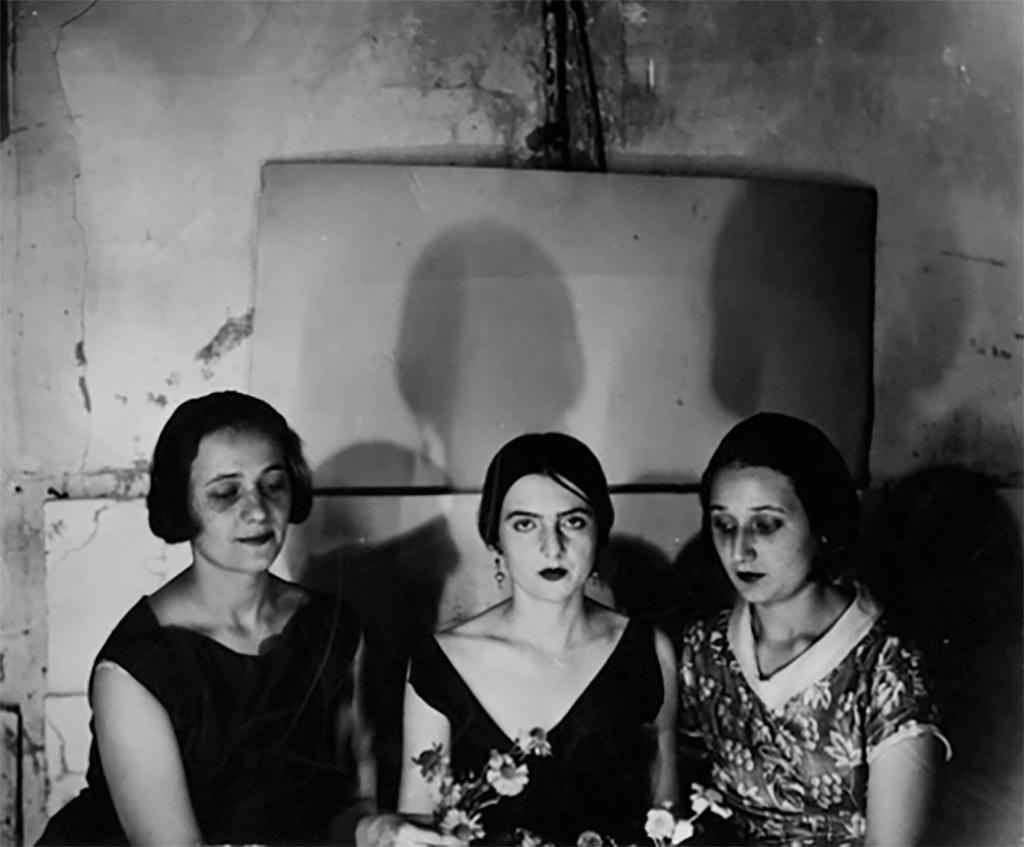Abraham MINTCHINE
Июнь 15, 2019Ирина КОДРеАНУ
БУХАРЕСТ 1896 – НОЖЕН-СЮР-МАРН (ФРАНЦИЯ) 1985
Ирина Кодреану родилась в Бухаресте, где училась в 1915–1918 годах в Школе изящных искусств. В 1919 году она приехала в Париж со своей сестрой танцовщицей. Стала ученицей Бурделя в академии Гранд-Шомьер. В 1921 году Ирина выставила свои рабо- ты на Осеннем салоне. В 1924–1928 годах работала в мастерской Бранкузи. Общалась с художниками и скульпторами Монпарнаса. Сошлась со скульптором Маргаритой Байзер-Гратри. С 1925 года Кодреану выставляла свои скульптуры на Осеннем салоне, Салоне в Тюильри и Салоне Независимых.
С 1929 года её работы участвовали в официальных выставках в Бухаресте. В 1929 году в Брюсселе прошла её персональная выставка. В 1978 году Ирина получила премию за скульптуру Eileen, которую создала в конце жизни. Кодреану умерла в 1985 году в Ножен-сюр-Марн. Многие из её скульптур хранятся в Льеже, Бухаресте, в музее д’Орсе в Париже и музее Тридцатых годов в Булонь-Бийанкур.
Stories of Jewish Artists of the School of Paris 1905-1939
FRENCH-ENGLISH
Capitale des arts, le Paris des années 1905-1939 attire les artistes du monde entier. De cette période de foisonnement, un terme est resté, celui d'Ecole de Paris, qui recouvre une grande diversité d'expression artistique. Dans ce brassage dont Montparnasse est le creuset, un groupe se distingue : celui des artistes juifs venus de Russie, de Pologne et d'Europe centrale. Si leurs styles sont variés, un destin commun les rassemble : ils fuient l'antisémitisme de leur pays d'origine. Certains ont connu la célébrité dès les années 1920, tels Soutine, Lipchitz ou Chagall. D'autres n'ont pas eu le temps ou la chance d'y accéder. Près de la moitié a péri dans les camps de concentration nazis.
From 1905 to 1939, Paris attracted artists from all over the globe as the capital of the art world. This period of artistic proliferation became known as the School of Paris, and includes a great diversity of artistic expression. Within the teeming art world centred on Montparnasse, one group set itself apart: Jewish artists from Russia, Poland, and Central Europe. Although their styles were diverse, they shared the common fate of fleeing anti-Semitic persecutions in their home countries. Some became famous in the 1920s, such as Soutine, Lipchitz, and Chagall, while others did not have the time or the luck to gain renown. Nearly half of these artists died in Nazi concentration camps.





